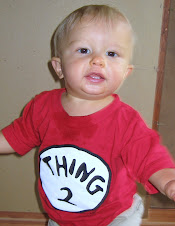It would be easy for me to do things for Coleman like pick him up instead of making him walk, or open every door for him. He needs to learn how to do things that are hard from him. Here is a picture of him opening the suburban door.

Coleman's Little Journey

Hypochondroplasia is a form of short-limbed dwarfism. This condition affects the conversion of cartilage into bone (a process called ossification), particularly in the long bones of the arms and legs. Hypochondroplasia is similar to another skeletal disorder called achondroplasia, but the features tend to be milder.
All people with hypochondroplasia have short stature. The adult height for men with this condition ranges from 138 centimeters to 165 centimeters (4 feet, 6 inches to 5 feet, 5 inches). The height range for adult women is 128 centimeters to 151 centimeters (4 feet, 2 inches to 4 feet, 11 inches).
People with hypochondroplasia have short arms and legs and broad, short hands and feet. Other characteristic features include a large head, limited range of motion at the elbows, a sway of the lower back (lordosis), and bowed legs. These signs are generally less pronounced than those seen with achondroplasia and may not be noticeable until early or middle childhood. Some studies have reported that a small percentage of people with hypochondroplasia have mild to moderate intellectual disability or learning problems, but other studies have produced conflicting results.


















No comments:
Post a Comment